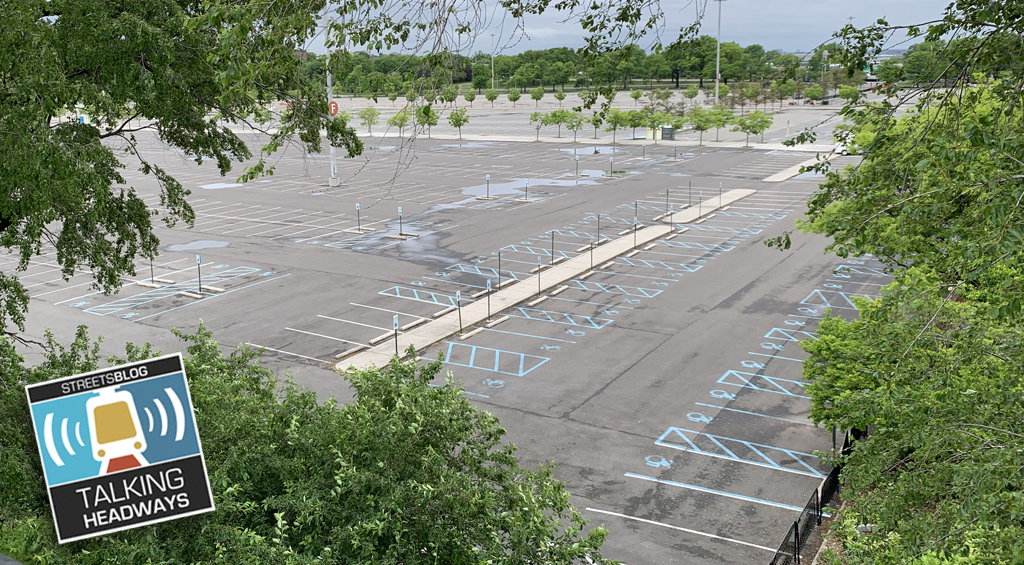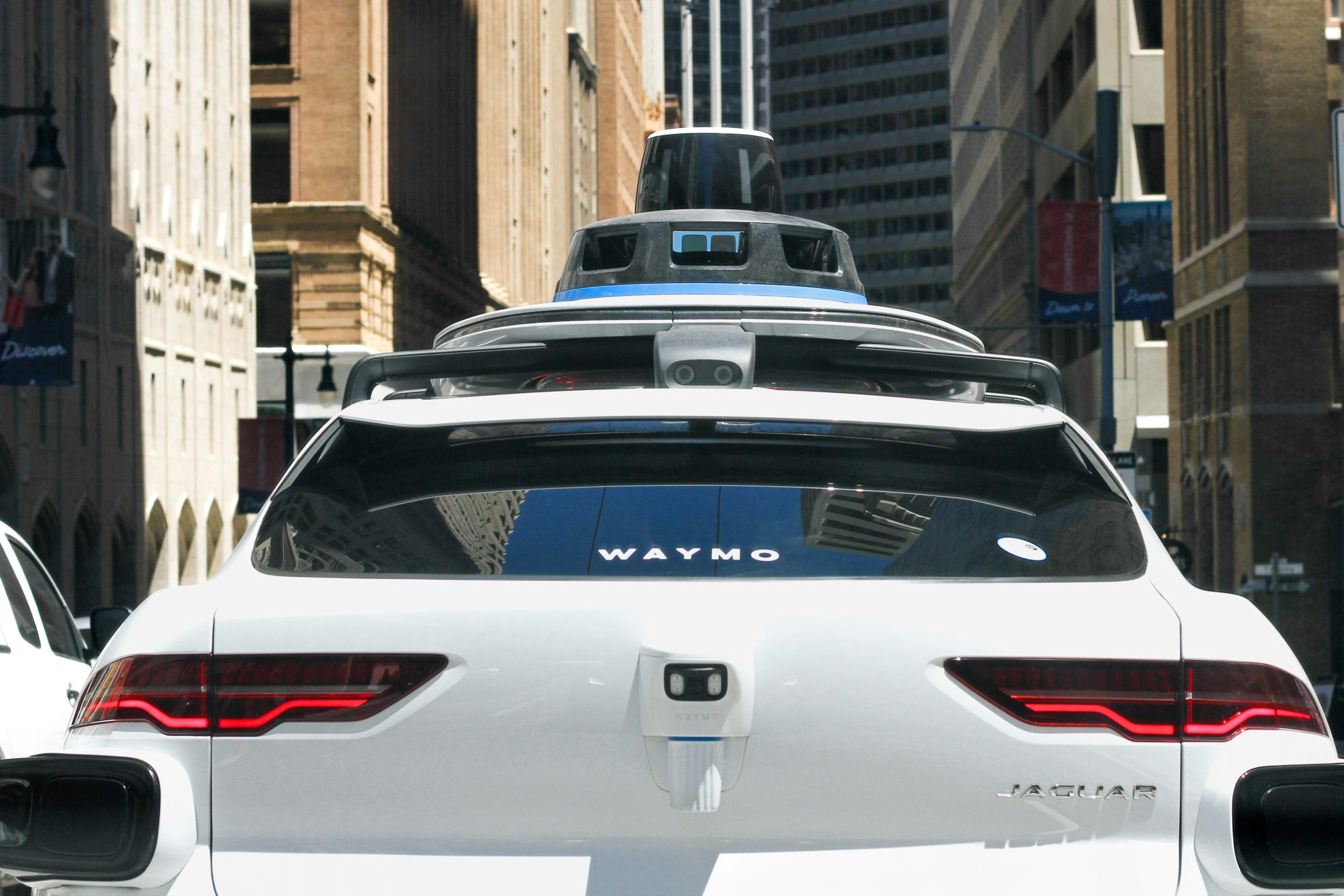As a new non-partisan analysis of the House climate change bill -- proving that capping CO2 can save money for the poorest fifth of the nation -- continues to make waves on the Hill, it's worth noting that the legislation could yield even greater savings by focusing on reducing transportation-based emissions.
 House Energy & Commerce Committee Chairman Henry Waxman (D-CA) and Rep. Ed Markey (D-MA), his climate legislation co-author. (Photo: Washington Independent)
House Energy & Commerce Committee Chairman Henry Waxman (D-CA) and Rep. Ed Markey (D-MA), his climate legislation co-author. (Photo: Washington Independent)In a report released Friday, the Center for Clean Air Policy (CCAP) quantifies the benefits of setting tangible goals for reducing the carbon footprint of transportation, which currently accounts for about one-third of total U.S. emissions.
Using smart growth policies to reduce per-capita VMT by 10 percent below 2005 levels would achieve emissions reductions equivalent to taking 35 large coal plants off-line or taking 30 million cars off the road by 2030, according to the CCAP analysis.
The report, viewable in full here, offers some interesting examples of how smart-growth proposals can pay environmental dividends. For example, the Organization for Economic Cooperation and Development and the International Energy Agency -- hardly known as bastions of the environmental movement -- have found that emissions reductions of up to 14.5 percent can be achieved at a cost of less than $3 per ton of CO2 simply by encouraging carpooling, telecommuting and eco-driving.
Perhaps the most politically relevant conclusion in the CCAP report, however, deals with a topic very much on the minds of Congress these days: how to push regionally favored industries, from Rep. Collin Peterson's (D-MN) agriculture producers to Rep. Gene Green's (D-TX) oil refiners, to accept their share of the emissions-reduction burden.
After noting that better fuel economy means a 15 percent rise in per-capita VMT over the next two decades would achieve a 14 percent decrease in CO2 (relative to 2005 levels), the CCAP notes that the target needs to be more than double that 14 percent. From the report (emphasis mine):
If we fail to pursue cost-effective GHG reductions from the transportation sector, other sectors of the economy will need to implement more expensive solutions, ultimately costing the public more money. There is compelling evidence that we can achieve significant, and inexpensive, transportation GHG reductions.
The CCAP report advocates for setting aside 10 percent of the House climate bill's emissions allocations for smarter transportation planning.
(h/t Kaid Benfield at NRDC)





